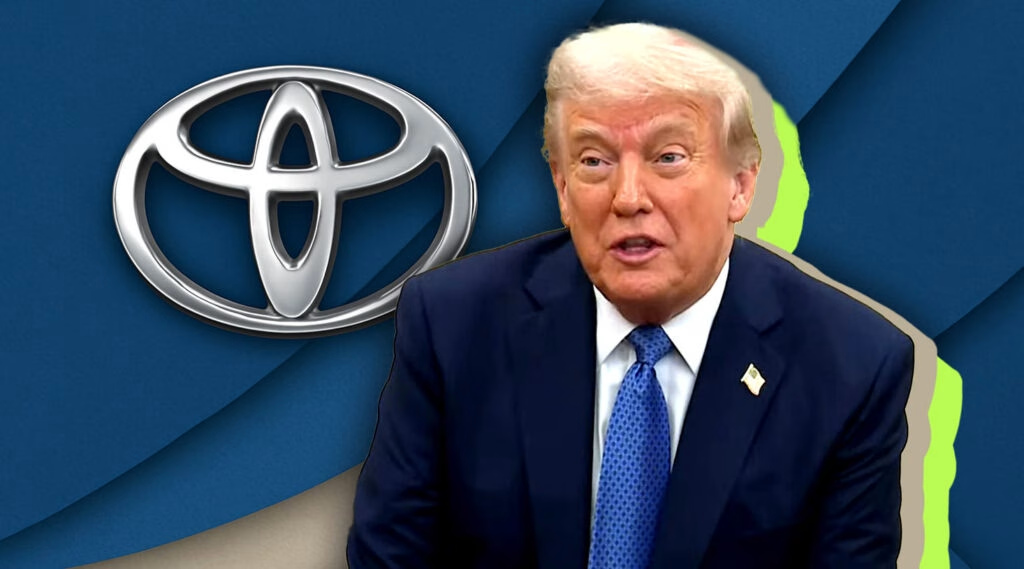The recent decision by the U.S. Consumer Financial Protection Bureau (CFPB) to drop a $60 million settlement with Toyota has stirred quite a conversation. This settlement was initially aimed at addressing serious allegations against Toyota’s financing practices, which reportedly misled consumers about bundled products that significantly inflated their car loans. So, what does this mean for consumers and the automotive industry as a whole?
### What Were the Allegations Against Toyota?
The CFPB’s investigation revealed that Toyota Motor Credit Corporation had been adding between $700 and $2,500 worth of optional products—like Credit Life and Accidental Health coverage—to car loans without making it clear to customers that these were optional. This practice not only increased the total loan amount but also led to higher monthly payments and more interest over time.
To make matters worse, the CFPB found that it was “unreasonably difficult” for customers to cancel these bundled products. Reports indicated that when customers attempted to cancel, they were often met with resistance. Employees were instructed to discourage cancellations, and customers had to jump through hoops—like asking three times and submitting written requests—to even get their cancellations considered. This approach feels less like customer service and more like a frustrating obstacle course.
### Why Did the CFPB Drop the Settlement?
In late 2023, the CFPB had initially ordered Toyota to pay $48 million to affected customers and a $12 million penalty into a relief fund. However, under the leadership of acting director Russell Vought, the settlement was scrapped. While the CFPB did not provide a specific reason for this decision, it aligns with broader efforts to reduce oversight of financial institutions, a move that has been championed by some political figures.
This shift raises concerns about consumer protections. With reports suggesting that up to 1,500 of the 1,700 employees at the CFPB could lose their jobs, the implications for consumer advocacy are significant. Critics argue that this could pave the way for larger corporations, like Toyota, to operate with less accountability, ultimately putting consumers at a disadvantage.
### The Broader Implications for Consumers
For everyday consumers, this decision feels like a setback. The initial settlement was a step toward holding large corporations accountable for practices that can financially burden individuals. With the CFPB’s recent actions, it seems that the scales are tipping back in favor of corporate interests, leaving consumers vulnerable to potentially predatory practices.
The reality is that many people rely on auto loans to purchase vehicles, and any increase in loan amounts can have a ripple effect on their finances. Higher monthly payments can strain budgets, making it harder for families to manage their expenses.
### What Can Consumers Do?
While the landscape may seem daunting, there are steps consumers can take to protect themselves. First and foremost, always read the fine print when financing a vehicle. Understanding the terms of your loan, including any bundled products, is crucial. If something feels off, don’t hesitate to ask questions or seek clarification.
Additionally, consider shopping around for financing options. Different lenders may offer varying terms and conditions, and it’s worth exploring alternatives that might be more transparent and consumer-friendly.
### A Call for Consumer Awareness
The big takeaway? The recent developments with Toyota and the CFPB highlight the importance of consumer awareness and advocacy. It’s not just about securing a good deal on a car; it’s about understanding the full scope of what you’re signing up for.
As consumers, staying informed and vigilant can help navigate these complex financial waters. The landscape may be shifting, but with the right knowledge and approach, you can still make empowered decisions. Start with one change this week—like reviewing your current loan terms—and you’ll likely spot the difference by month’s end.

